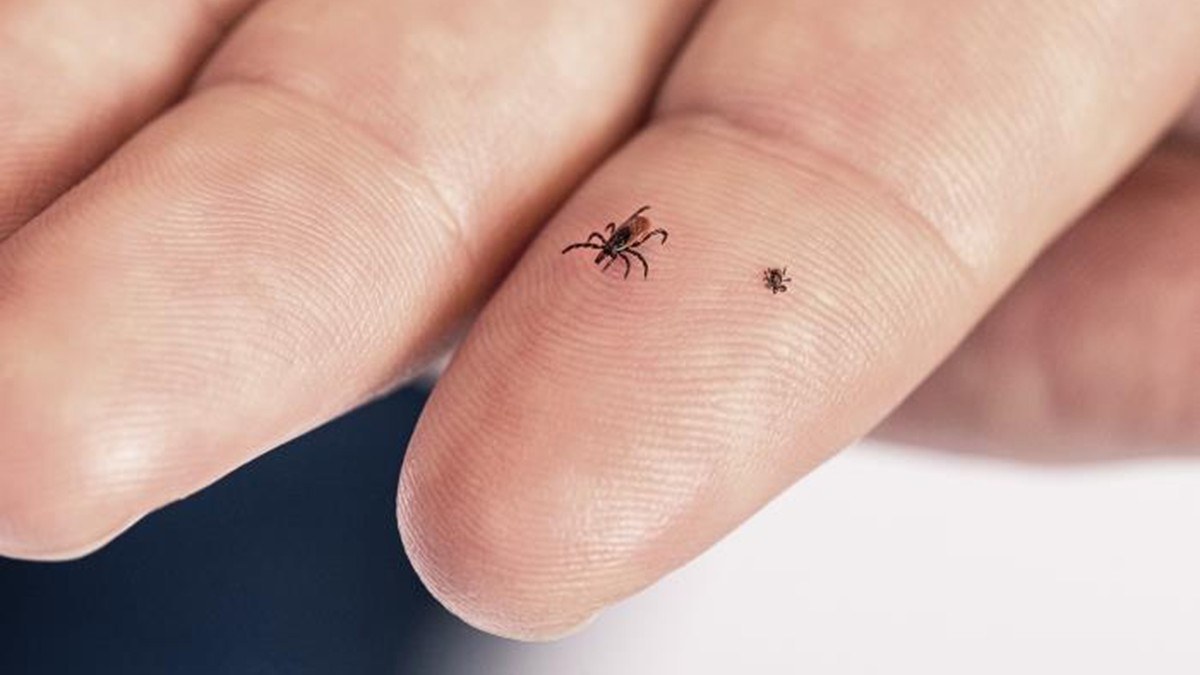The snow is finally gone, the air is warmer, lots of us are spending more time outside, which means – it’s tick season! As ticks have been getting more plentiful and spreading more diseases in our area, recommendations for what to do about them have evolved. We talked to our medical director, Josie Lamb, APRN, to learn about the current best practices when it comes to ticks.
What are the best ways to prevent tick bites?
Performing daily tick checks is one of the most important ways to prevent tick-borne illness. Ticks are active any time the outdoor temperature is higher than 40 degrees. Ticks can only transmit Lyme disease if they have been attached for more than 24 hours, so doing a thorough tick check every day can keep you safe.
In addition to daily tick checks, using insect repellant and wearing long pants and long-sleeved shirts in light colors when you’re outside are some of the mainstays of tick bite prevention. Picaridin, DEET, and oil of lemon eucalyptus (OLE) are all about equally effective against ticks.
What should you do if you find a tick on you?
If you find a tick before it bites you, you will not be exposed to illness. If you find a tick attached to your body, grasp it firmly and wash the area with soapy water or an alcohol wipe.
When should you see a provider about a tick bite?
Call your healthcare provider immediately if a tick is attached to your body and you think it has been present for more than 36 hours. You may benefit from a single dose of antibiotics to prevent development of Lyme disease. If you have been bitten by a tick and are unsure of what to do next, the Health Center has phone triage nurses available 24 hours a day to answer your questions. Just call us and we’ll connect you.
What tick-borne diseases are providers looking out in our area?
Lyme disease, anaplasmosis, babesiosis, and ehrlichia are some of the more common tick-borne illnesses in our region. These are transmitted by blacklegged ticks (ixodes scapularis), also known as deer ticks. There are other tick-borne illnesses as well.
What symptoms should people be looking for when we’re looking out for tick-borne diseases? (including even if you haven’t noticed a tick bite)
Some common symptoms are fever, fatigue, and unexplained joint pain. If you have a fever and sudden extreme fatigue, and you don’t have any symptoms of a respiratory illness or another kind of infection, you should call your provider.
What are some common things people say about tick-borne disease prevention that aren’t true?
These are the most common tick myths that I hear:
Myth: When you remove a tick, you have to dig out the mouthparts to prevent illness.
Truth: Just remove as much of the tick as possible and wash the area. Aggressive digging to remove mouthparts will not decrease your odds of developing Lyme disease and it can cause secondary infections like MRSA.
Myth: A red ring around a tick bite means you have Lyme disease
Truth: Tick bites are almost always surrounded by red due to your body’s natural response to tick saliva. This is different from the “bullseye” rash typically associated with Lyme disease.
Myth: If you are bitten by a tick, you should send it to a lab for testing for Lyme disease.
Truth: While saving a tick may help with identification that can guide treatment, ticks are no longer typically sent to the lab for testing for Lyme disease.
